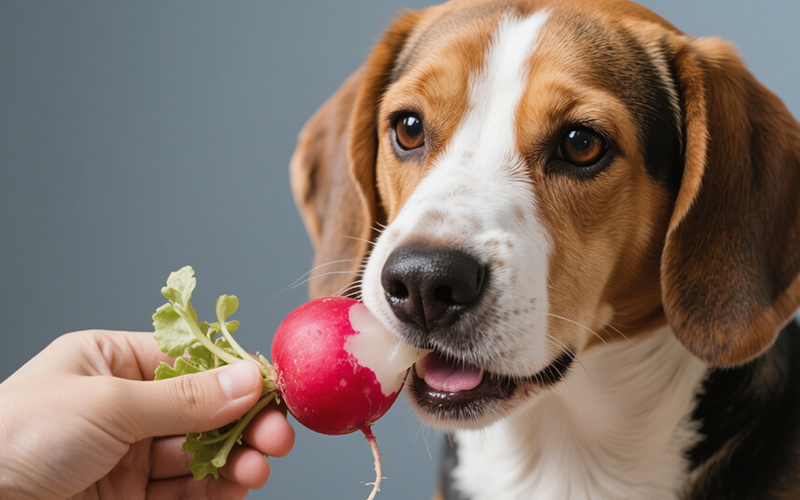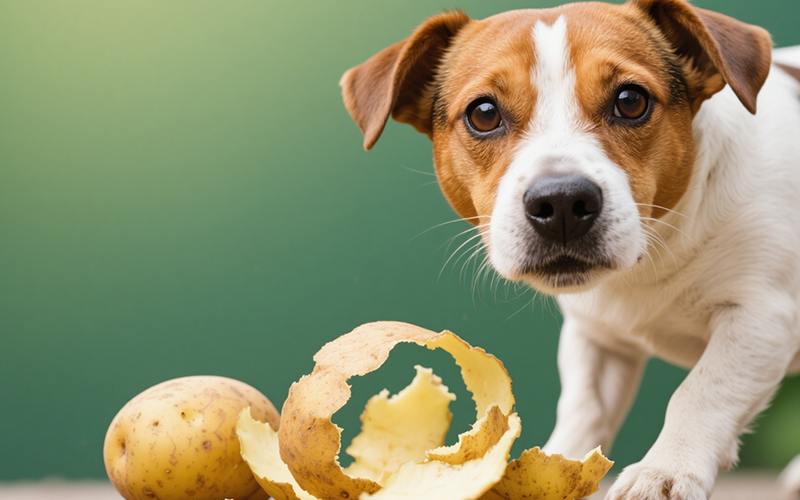Can Dogs Eat Salmon? A Comprehensive Guide for Dog Owners
- 24 Feb 2025 15:09
As a responsible dog owner, you may want to share your food with your pet, but it’s important to ensure that the foods you offer are safe. Salmon, a fish known for its rich nutritional profile, is one food that many dog owners wonder about. So, can dogs eat salmon? The answer is yes, but with some important precautions to keep in mind.
In this article, we will explore the health benefits of salmon for dogs, the potential risks associated with feeding it, and how to safely prepare salmon for your furry friend.

Health Benefits of Salmon for Dogs
Salmon is a nutritious fish that offers a range of health benefits for your dog, including:
High-Quality Protein
Salmon is an excellent source of high-quality protein, which is essential for building and repairing tissues, maintaining muscle mass, and boosting overall health. Protein also supports your dog’s immune system and aids in the production of enzymes and hormones.Rich in Omega-3 Fatty Acids
One of the most significant benefits of salmon is its high content of omega-3 fatty acids (EPA and DHA). These healthy fats are beneficial for your dog’s coat and skin, promoting a shiny, smooth coat and reducing the risk of dry, flaky skin. Omega-3s also support heart health, joint mobility, and cognitive function, making salmon a great addition to your dog’s diet.Vitamins and Minerals
Salmon contains several vitamins and minerals, including Vitamin B12, Vitamin D, selenium, and niacin. These nutrients contribute to your dog’s overall health by supporting energy levels, boosting the immune system, and promoting healthy bones and joints.Anti-inflammatory Properties
Omega-3 fatty acids in salmon have anti-inflammatory effects, which can help reduce the risk of conditions like arthritis, inflammatory bowel disease, and other chronic inflammatory conditions in dogs.
Potential Risks of Feeding Dogs Salmon
While salmon can be a healthy treat for your dog, there are a few risks to keep in mind:
Raw Salmon and Parasites
Raw salmon can pose a significant risk due to the potential presence of parasites, such as the Anisakis parasite, which can cause salmon poisoning disease in dogs. This condition can lead to severe symptoms, including vomiting, diarrhea, fever, and abdominal pain, and in some cases, it can be fatal if left untreated.To avoid this risk, always cook salmon thoroughly before feeding it to your dog. Cooking the fish will kill any harmful parasites and bacteria, making it safe for consumption.
Bones in Salmon
Salmon bones, whether raw or cooked, can pose a choking hazard and can also splinter, leading to injury in your dog’s mouth, throat, or digestive tract. Always remove the bones from the salmon before offering it to your dog.Excessive Fat Content
While the omega-3 fatty acids in salmon are beneficial, salmon is also a fatty fish, and feeding too much of it can lead to an imbalance in your dog’s diet. Overfeeding fatty foods can lead to weight gain and digestive upset, including diarrhea. It’s essential to serve salmon in moderation and balance it with other healthy foods in your dog’s diet.Seasoning and Additives
When preparing salmon for your dog, avoid adding any seasonings, such as salt, garlic, or onions, which can be harmful to dogs. Butter, spices, and other additives may cause digestive upset or toxicity in dogs. The best way to serve salmon is plain and cooked without any additives.
How to Safely Serve Salmon to Your Dog
If you’re ready to incorporate salmon into your dog’s diet, here are some safe and healthy ways to do so:
Cook the Salmon Thoroughly
Always cook the salmon by baking, grilling, or poaching it. Avoid raw salmon to eliminate the risk of parasites and bacteria. Ensure that the fish is fully cooked and that the flesh is no longer translucent.Remove the Bones
Before serving the salmon to your dog, carefully remove all the bones. Salmon bones can be sharp and pose a choking hazard, so be sure to thoroughly check for any remaining bones before offering the fish.Serve in Moderation
While salmon is a healthy treat, it should be served in moderation. Too much fish can upset your dog’s stomach or cause digestive issues. A few small pieces of salmon a couple of times a week are plenty for most dogs.Avoid Additives
Prepare the salmon plain without any salt, butter, spices, or other ingredients. The simpler, the better for your dog’s health.
How Often Should You Feed Salmon to Your Dog?
Salmon is a healthy supplement to your dog’s regular diet, but it shouldn’t replace a complete and balanced meal. Offering small amounts of salmon once or twice a week is sufficient for most dogs. Be mindful of your dog’s overall diet to avoid overfeeding and ensure they receive all the necessary nutrients.
If you’re unsure how much salmon is appropriate for your dog, consult with your veterinarian to determine the best portion size based on your dog’s size, age, and activity level.
Should You Use PettureX for Your Dog’s Health?
If you have questions about your dog’s diet or need guidance on the best foods to offer your dog, PettureX can help. PettureX provides 24/7 online consultations with pet health professionals who can offer personalized advice on your dog’s nutritional needs and any health concerns you might have.
Conclusion: Can Dogs Eat Salmon?
In conclusion, salmon can be a great addition to your dog’s diet when served properly. It provides valuable protein, omega-3 fatty acids, and a variety of essential nutrients that promote overall health. However, to ensure your dog’s safety, it’s crucial to cook the salmon thoroughly, remove the bones, and serve it in moderation.
If you ever have concerns about your dog’s diet or need advice on feeding salmon or any other food, don’t hesitate to reach out to PettureX for 24/7 pet health consultations.
Related

Radish Bites for Your Buddy? A Vet-Reviewed Guide on Whether Dogs Can Eat Radishes
- 22 Apr 2025
Potato Peels for Pooches? Unpeeling the Risks and Facts for Dog Owners
- 22 Apr 2025
Crunchy Curiosity: Can Dogs Safely Snack on Pork Rinds? A Deep Dive
- 21 Apr 2025
Pomegranate Seeds and Pooches: A Deep Dive into Whether Dogs Can Safely Indulge
- 21 Apr 2025
Can Dogs Eat Peaches? Vet Explains Benefits, Cyanide Risks & Safe Serving
- 16 Apr 2025
Can Dogs Eat Mulberries? Vet Explains Safety, Benefits & Potential Risks
- 16 Apr 2025
Can Dogs Eat Mozzarella? Vet Explains the Cheesy Truth (Risks & Benefits)
- 16 Apr 2025
Can Dogs Eat Mango Skin? Vet Explains Why It's a Risky Chew!
- 16 Apr 2025
Can Dogs Eat Maple Syrup? The Sugary Truth & Why Vets Advise Against It
- 16 Apr 2025
Can Dogs Eat Mac n Cheese? Vet Explains Why This Comfort Food Is Unsafe!
- 16 Apr 2025
